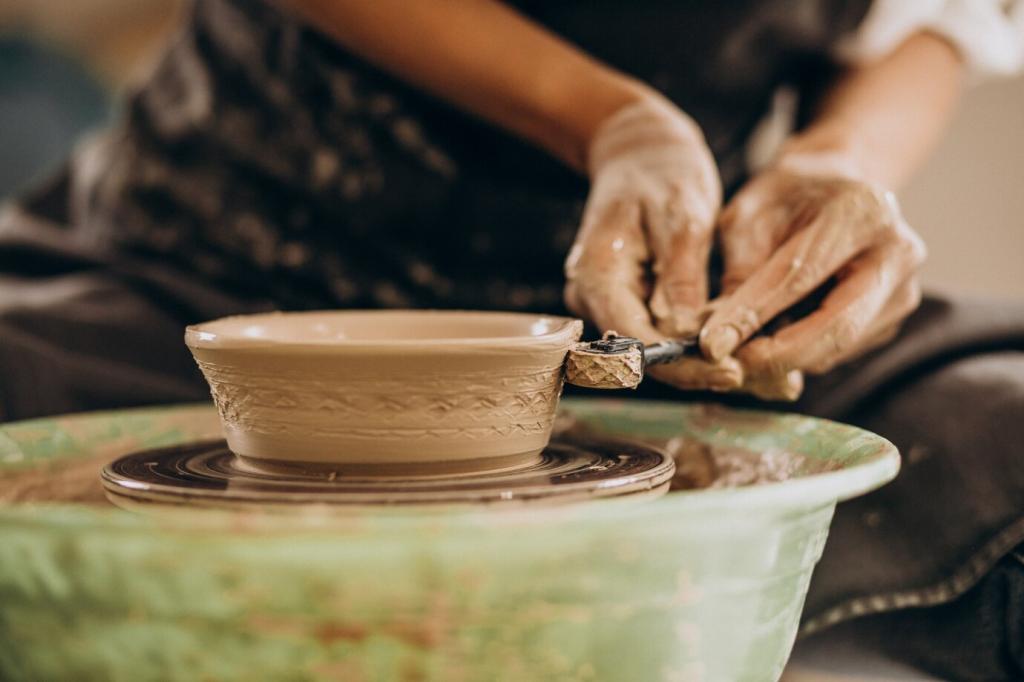Craft Beer Brewing Techniques: One Theme, Endless Flavor
Selected theme: Craft Beer Brewing Techniques. Welcome to a friendly, hands-on journey from mash tun to tap, packed with proven methods, relatable stories, and practical tips that help your next brew sing. Join the conversation, share your experiments, and subscribe for weekly technique deep dives and brewer-to-brewer inspiration.
A single infusion mash between 148–156°F (64–69°C) sets the stage for your beer’s soul. Lower temperatures favor drier, crisper finishes; higher temps produce fuller bodies. Stir gently for even heat, check conversion with iodine, and trust your palate. Share your favorite mash rest sweet spot in the comments below.
Mastering the Mash: Temperature, Time, and Enzymes

First Wort Hopping
Adding hops to the kettle as wort is collected produces a refined bitterness and enhanced flavor stability. The result often tastes smoother than equivalent 60-minute additions. It’s a classic technique for pilsners and pale ales. Have you compared side by side? Share your first wort hopping results and tasting notes.

Whirlpool Wizardry
Hold your whirlpool between 160–175°F (71–79°C) for optimal oil retention without harsh bitterness. This range preserves delicate myrcene and linalool notes, perfect for juicy IPAs. Stir consistently to encourage a tight trub cone, then rest. What whirlpool temp works best for you? Subscribe for our hop oil guide and comment your go-to.

Dry Hop Timing Drama
Dry hopping during active fermentation can promote biotransformation, delivering tropical complexity, while post-fermentation additions preserve brighter, raw hop character. I once split a batch and got two vivid personalities from the same hop bill. Which do you prefer—biotransformed depth or pristine pop? Tell us and compare your aroma longevity.
Yeast Management: Health, Pitching, and Fermentation Control
01
Build a starter for higher cell counts and vitality, especially for lagers or high gravity wort. Oxygenate thoroughly at pitch with clean, sanitized equipment to support strong growth. The payoff is faster starts, fewer off-flavors, and predictable attenuation. What’s your favorite starter size? Subscribe and share your gravity-to-starter ratio.
02
Start cool to limit fusels, then gently ramp a few degrees to finish clean and dry. Many ales appreciate a controlled rise for a soft diacetyl cleanup. Lagers love extended cold conditioning after a crisp, cool primary. Chart your profile, taste daily, and adjust next brew day. Post your favorite temperature curve to inspire others.
03
Once, a stout stalled at 1.030. A careful swirl and a 3°F bump coaxed the yeast back to work. The final beer gained a silkier body and a hint of cocoa warmth. Crisis turned character. Have you ever revived a stuck ferment? Tell us your rescue approach and what flavors it unveiled.
Water Chemistry: The Invisible Ingredient
Aim for 50–150 ppm calcium for yeast health and clarity. Sulfate emphasizes sharp, snappy bitterness, while chloride boosts fullness and roundness. For IPAs, try a sulfate-leaning balance; for malty styles, tilt toward chloride. What ratio do you love? Share your numbers and tasting impressions to help others fine-tune.
Water Chemistry: The Invisible Ingredient
Burton-style water with higher sulfate sharpens classic bitters and IPAs, while ultra-soft Pilsen water enables whisper-clean lagers. Consider alkalinity for mash pH, and temper with acid additions or darker malts. Keep records, compare sensory notes, and refine. Subscribe for printable water sheets and tell us your regional profile experiments.


Cleanliness and Sanitation: Protecting Your Craft
Rinse debris, clean with an alkaline cleaner, then sanitize with a trusted no-rinse solution just before use. Dedicate soft brushes for fragile plastics, avoid scratches, and air-dry components carefully. Make it muscle memory. What’s your best quick-clean hack for busy days? Share your routine and help another brewer save a batch.
After fermentation, oxygen and microbes are your biggest threats. Use closed transfers, purge lines and kegs with CO2, and keep everything sanitized. A few minutes of prep can preserve weeks of work. Want a checklist? Subscribe, and tell us which step has made the biggest difference in your beer’s stability.
I once added fruit to a saison and noticed a suspicious film starting to form. A swift, careful re-rack and pasteurized puree saved aroma and color. The beer won a small local competition. Have you stared down contamination and won? Share your story so others can spot early warning signs.
Packaging and Stability: From Bright Tank to Glass
Closed Transfers and Oxygen Control
Purge receiving vessels, lines, and even bottle headspace where possible. Keep splashing minimal and verify tight seals. A low dissolved oxygen process preserves hop brightness and malt nuance. What techniques have lowered your pickup most effectively? Join the discussion and subscribe for our oxygen troubleshooting playbook.
Carbonation Methods
Choose between force carbonation for speed and precision or natural conditioning for integrated sparkle and subtle complexity. Match volumes to style: many ales sit comfortably around 2.2–2.7 volumes. Log your pressure, temperature, and time. Share your favorite carbonation curve and how it changed head retention and perception.
Shelf-Life Lessons
Hop-forward beers fade quickly in warmth and light. Store cold, minimize oxygen, and rotate inventory. I once kegged a hazy IPA with sloppy purging and watched aroma vanish in days. Painful, but educational. What preservation routine works best for you? Comment your cold-chain strategy to help keep beers singing.
